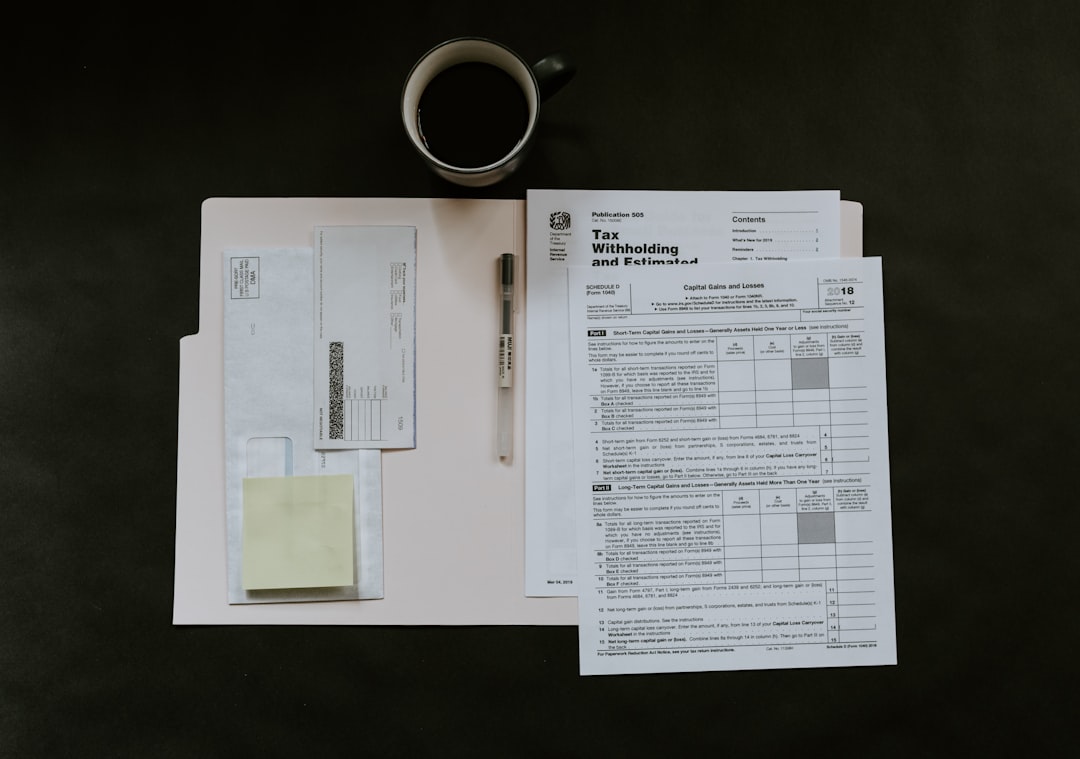In an era where technology evolves faster than ever before, 2025 is poised to be a defining year for innovation across industries. At the heart of this transformation is Oyster Tech, a cluster of emerging technologies spearheading change in everything from smart cities to cybersecurity. With its roots in sustainability, connectivity, and intelligence, Oyster Tech is not a company, but rather a concept—one that encapsulates powerful tools reshaping American infrastructure, defense, the economy, and lifestyle.
What Is Oyster Tech?
Oyster Tech refers to a wave of next-generation technologies and systems integrated to solve contemporary challenges. Named for its ability to mine value—like pearls—from complex, often chaotic data streams, Oyster Tech combines artificial intelligence, environmental sensing, energy innovation, and decentralized computing. The result is a framework that’s as scalable as it is secure, with wide-reaching applications across both public and private sectors.
As the United States continues to champion digital transformation at scale, understanding the components of Oyster Tech is essential for policymakers, tech leaders, and citizens alike.
Key Components of Oyster Tech in 2025
Today’s Oyster Tech ecosystem comprises various sub-technologies and methodologies. Each plays a role in optimizing workflows, enhancing sustainability, and improving decision-making. Here are the primary components driving growth:
- Edge AI and Smart Sensor Integration: Allowing devices to process data closer to the source, minimizing latency and improving real-time analytics.
- Quantum-Resilient Cybersecurity: New encryption models designed to withstand future quantum computing attacks.
- Next-Gen Connectivity (6G and Li-Fi): Facilitating faster, cleaner, and more stable data transmission across expansive networks.
- Self-Healing Materials and Hardware: Infrastructure and electronic systems with the ability to detect and repair minor faults automatically.
- Carbon-Aware Computing: Systems that dynamically adjust workloads based on clean energy availability.
Together, these technologies weave a powerful mesh of ability and agility, efficient enough to handle high-stakes industries like defense, finance, healthcare, and emergency services.
Applications Transforming American Society
Oyster Tech’s influence is evident in a variety of high-impact sectors. Below are some of the most groundbreaking applications currently redefining day-to-day operations and capabilities in 2025:
1. Urban Infrastructure and Smart Cities
From smart roads that anticipate vehicle breakdowns to AI-coordinated power grids that redirect electricity during surges or failures, American cities are becoming increasingly responsive. In New York City, the deployment of Oyster-enabled infrastructure has reduced traffic congestion by 28% while also cutting energy usage in municipal buildings by 15%.

2. Defense and National Security
The Department of Defense has adopted Oyster Tech to enhance real-time surveillance, autonomous vehicle control, and threat detection. Edge AI platforms deployed on battlefields now provide situational awareness previously only possible in centralized command centers. Meanwhile, post-quantum encryption ensures secure communication even in contested digital environments.
3. Agriculture and Environmental Monitoring
In California’s Central Valley, smart irrigation systems powered by networked nanotech sensors analyze moisture levels, temperature, and soil composition in real-time. These insights enable farmers to reduce water consumption by 35% while increasing yield—a dual win that supports national food security and environmental stewardship.
4. Healthcare Diagnostics and Management
Telemedicine applications leveraging biosensors, real-time health monitoring, and AI diagnostics have greatly expanded access to care, especially in rural areas. Oyster Tech’s predictive algorithms flag irregularities in patient data and can initiate alerts in emergency scenarios, often before symptoms manifest.

5. Financial Fraud Detection and Compliance
By processing vast amounts of financial data in real-time, Oyster Tech helps banks and regulatory institutions automatically detect anomalies, reduce fraud, and improve compliance with evolving legislation. These mechanisms are now standard in multinational U.S. financial institutions, adding both efficiency and foresight.
Decentralized Computing and Federated Learning
One of Oyster Tech’s most compelling elements is its architectural pivot away from centralized data processing. Through federated learning, devices can train AI models collaboratively without uploading data to the cloud, preserving privacy and minimizing data exposure risks.
This approach has proven invaluable in sectors handling sensitive data, such as healthcare, legal services, and education. Federated networks also create opportunities for rural and underserved communities to contribute computing resources and data without compromising autonomy or security.
Challenges Ahead
Despite its promise, Oyster Tech is not without challenges. Chief among them:
- Standardization: Ensuring interoperability between different Oyster systems requires widespread regulatory cooperation and compliance.
- Data Sovereignty: Managing where and how data is stored—particularly when handled across borders—remains a legal and ethical concern.
- Digital Inequity: Not all regions have equitable access to high-speed internet or education required to participate fully in Oyster ecosystems.
- Environmental Trade-offs: While many benefits are eco-friendly, large-scale sensor deployments and mineral requirements for hardware manufacture still pose sustainability issues.
Solving these challenges demands thoughtful policy intervention and a renewed commitment to tech-ethics frameworks.
Policy and Economic Impact
The U.S. government has taken note of Oyster Tech’s potential. As of 2025, over $20 billion in federal grants and tax incentives have been allocated to R&D initiatives in AI, edge computing, quantum security, and green materials. Programs like the Digital Equity Innovation Fund aim to ensure all Americans have an opportunity to benefit from this emerging tech fabric.
From an economic standpoint, industries integrating Oyster Tech are seeing significant gains in productivity. According to the U.S. Department of Commerce, early adopters in logistics, utilities, and communications have posted an average of 22% net revenue growth over two years.
The Future Outlook
Looking ahead, the trajectory of Oyster Tech appears unstoppable. As foundational tech becomes cheaper, lighter, and more efficient, mainstream adoption will accelerate across more sectors—including education, disaster response, and personalized commerce.

Meanwhile, collaborations between universities, private enterprise, and public institutions continue to fuel knowledge-sharing and standard setting. The year 2025 may be just the beginning of a 2030 vision where data, devices, and decisions converge in ways previously unimaginable.
Conclusion
Oyster Tech represents more than a technological pivot—it is a societal evolution. With the promise of transforming complex systems into streamlined, intelligent networks, it stands to benefit not just corporations and agencies, but also everyday citizens. Through thoughtful leadership, inclusivity, and innovation, the United States is using Oyster Tech to craft a smarter, safer, and more sustainable future.
As emerging challenges demand even more sophisticated solutions, the core philosophy of Oyster Tech—resilience through intelligence—will remain a guiding light for technological progress in America and beyond.



